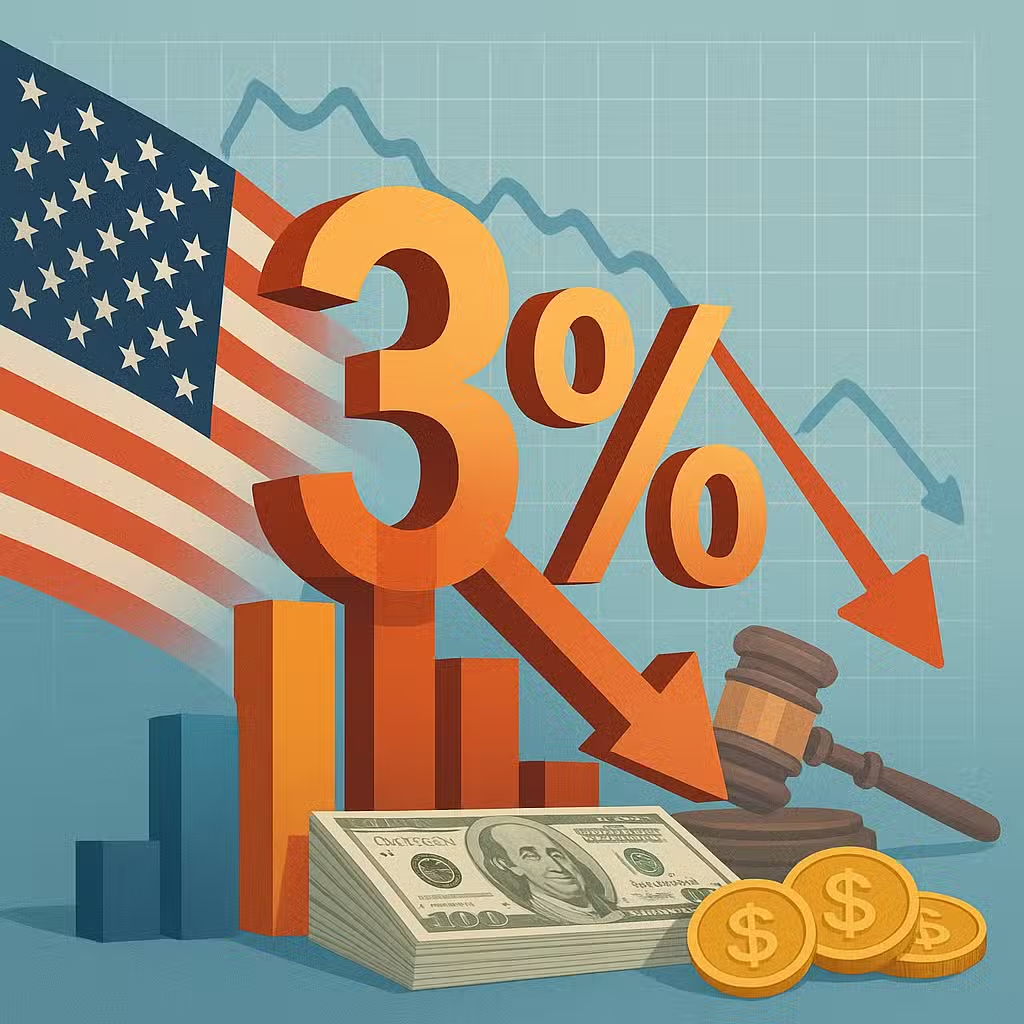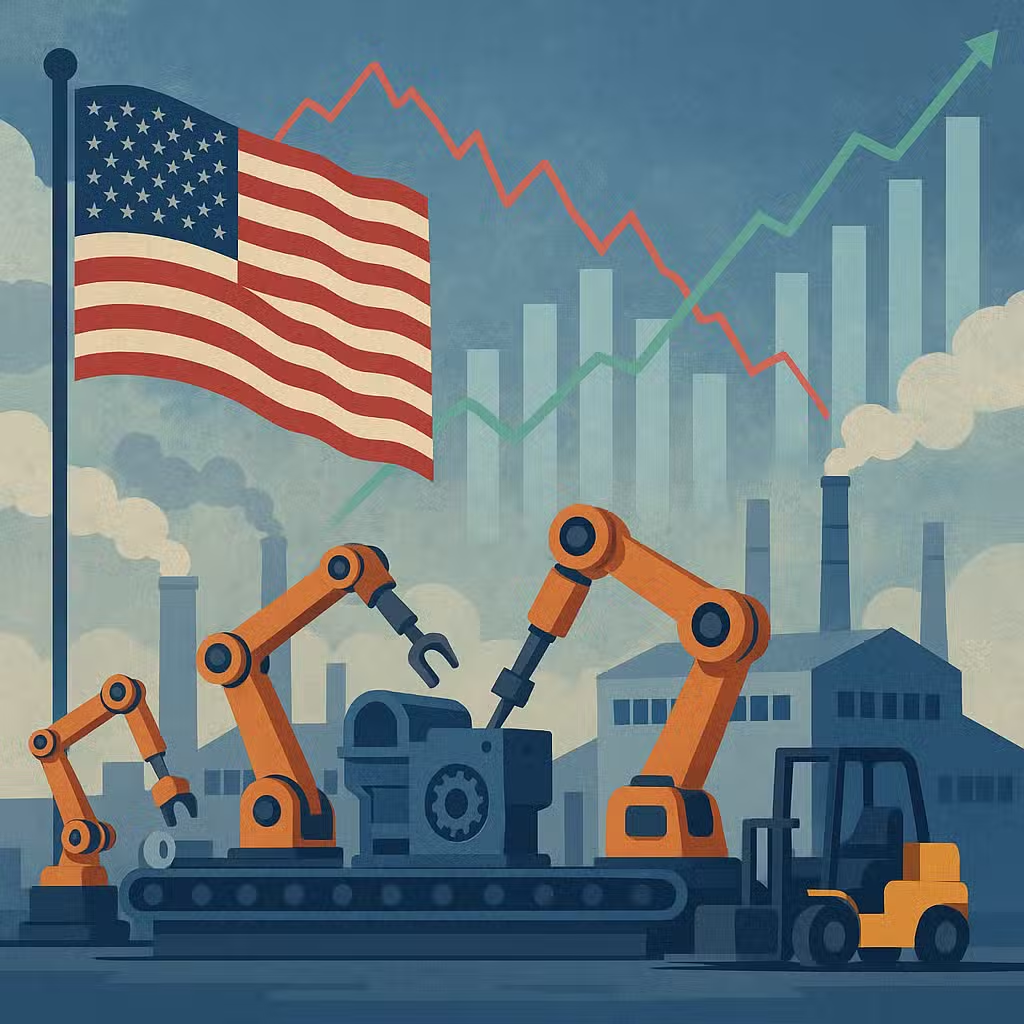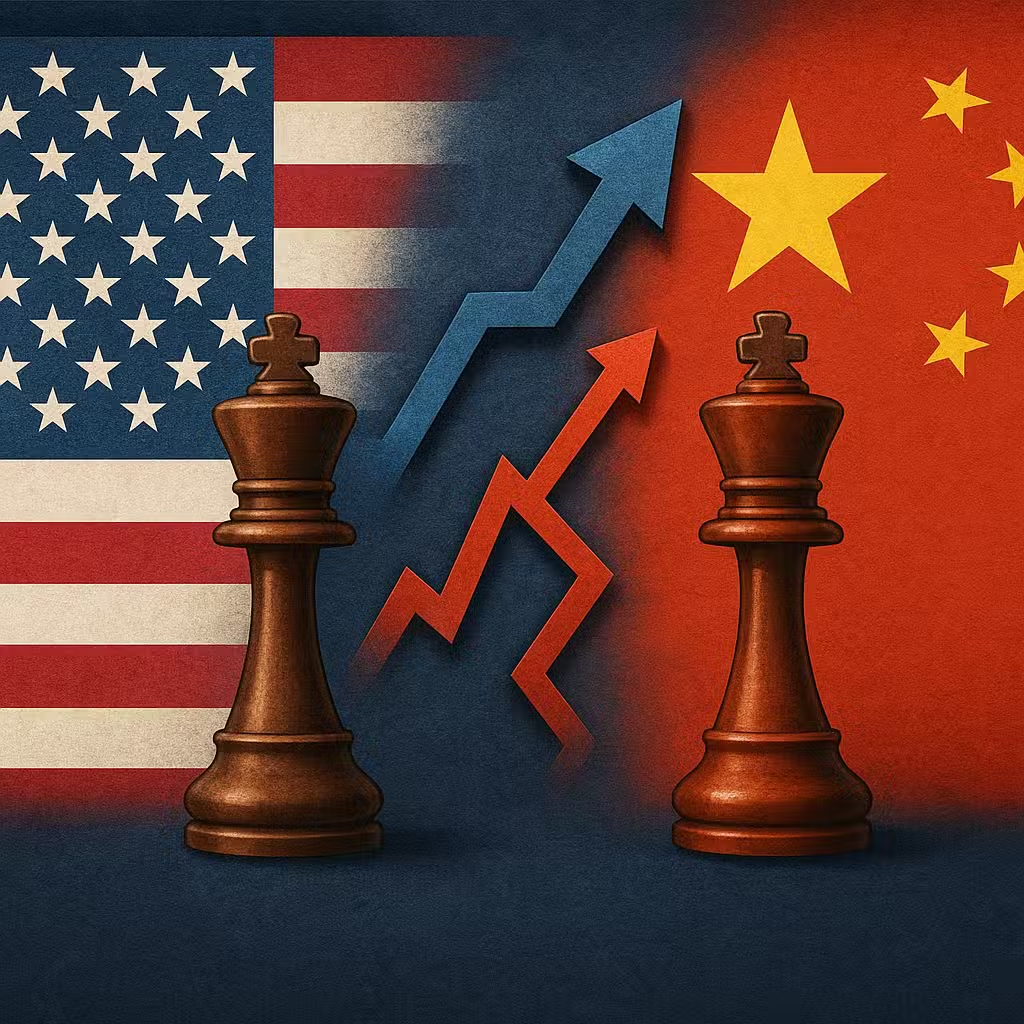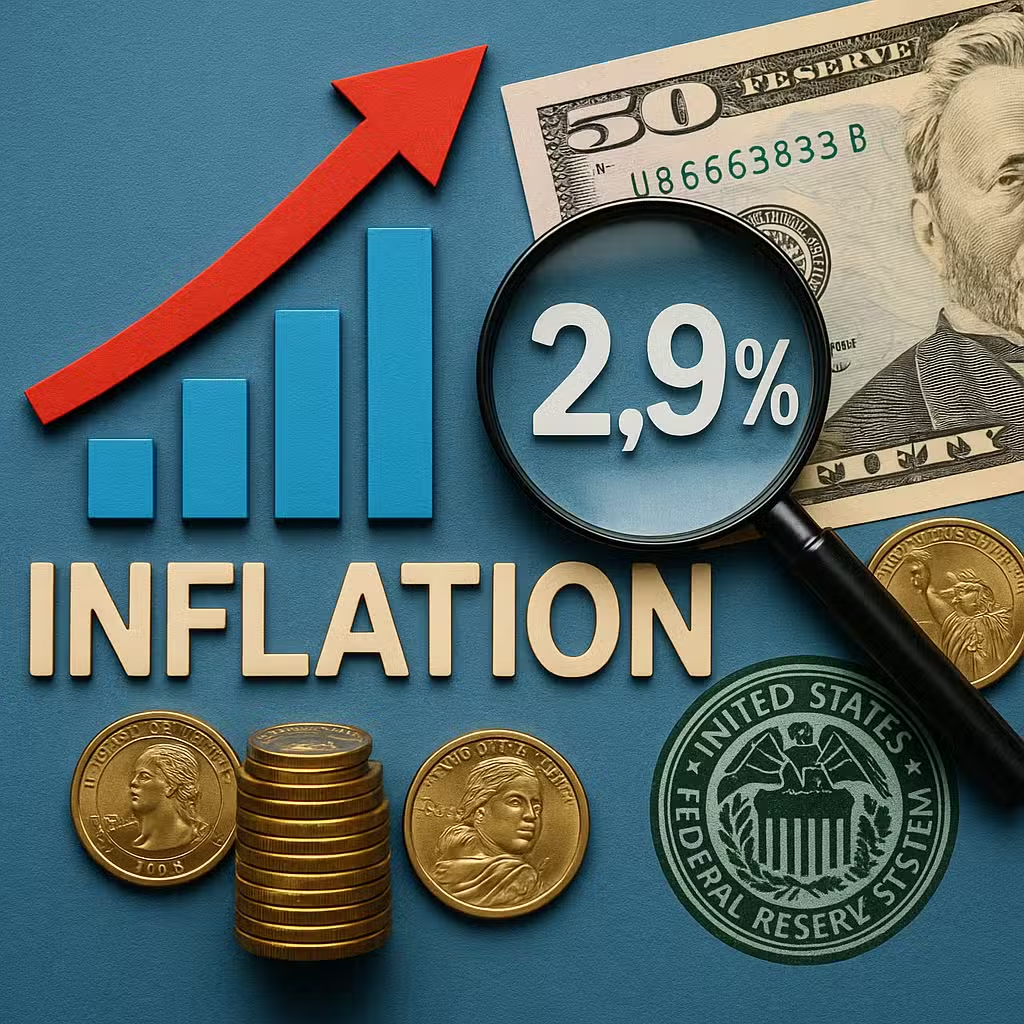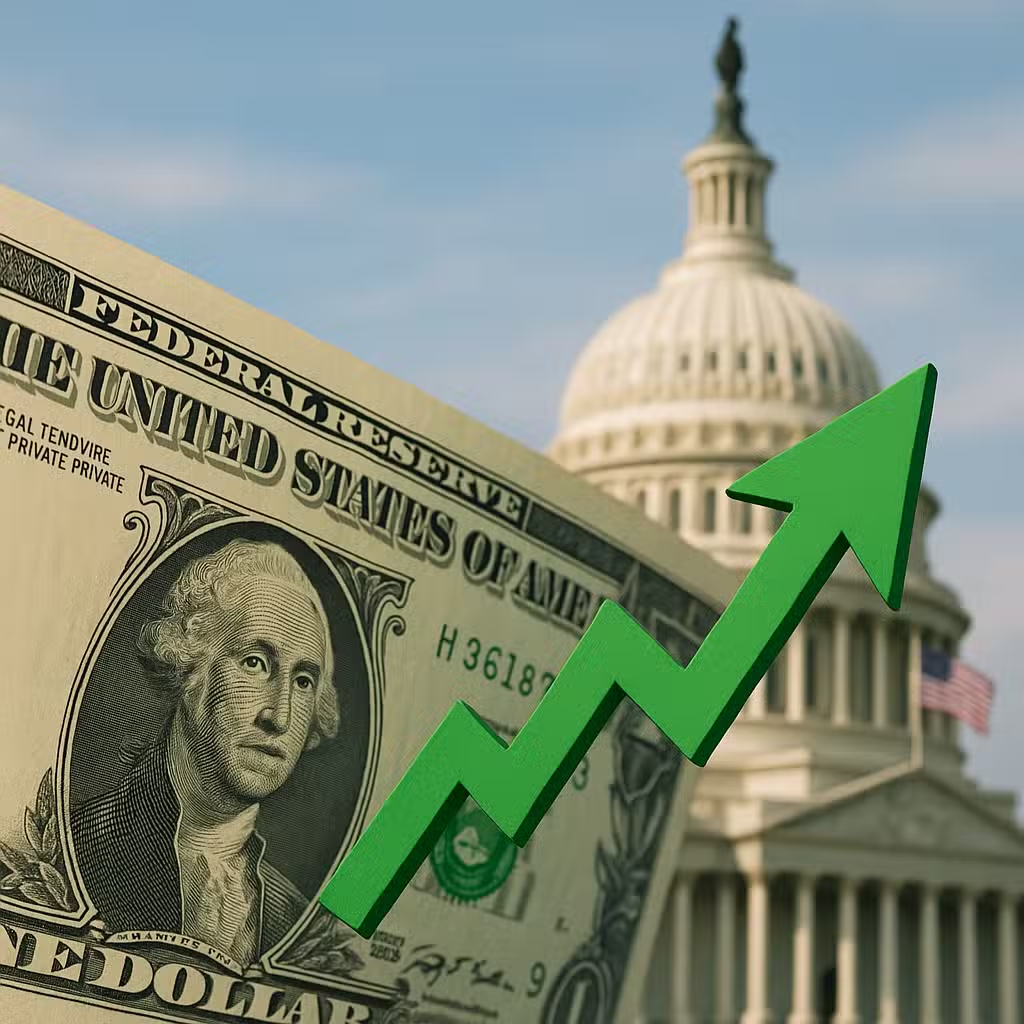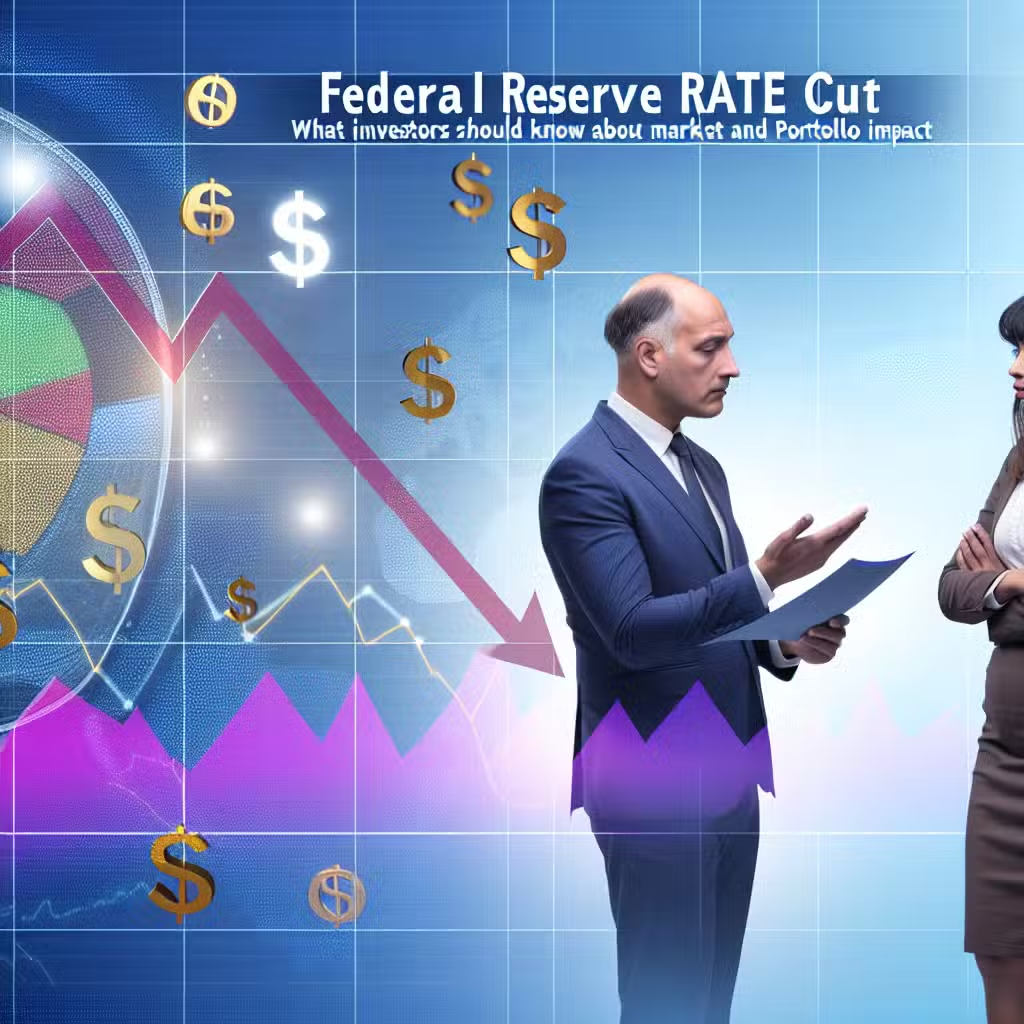U.S. Inflation Slows to 3% in September, Easing Pressure on Future Fed Rate Hikes
Think of the economy like a big shopping cart at the grocery store. If prices in the cart start to rise quickly, everyone worries about their money not going as far. This is why inflation news is important for investors—it affects what things cost, how much companies earn, and even how your investments perform.
Core Inflation: Cooling Down a Bit
Core inflation, which doesn’t count food and gas prices, only went up by 0.2% last month. That’s slower than the 0.3% we saw the two months before. This happened because things like rent and car insurance didn’t get much more expensive.
- Shelter costs, which are a big part of inflation, rose just 0.2%.
- Rent for homeowners barely went up—only 0.1%, the smallest increase in over three years.
- Car insurance and used car prices both dropped by 0.4%.
- Medical care services rose a little, by 0.2%.
For investors, this means some of the biggest things pushing up prices are finally slowing down. That could be good news for stocks and bonds if it continues.
Food Prices: Still Steady but High
Food prices went up by 0.2% this month, which is less than last month’s 0.5% jump. Prices for groceries, like drinks and cereal, rose by 0.3%. But dairy got cheaper, dropping by 0.5%. Eating out only cost 0.1% more than before.
- Over the past year, food prices are still up 3.1%.
- Meats and drinks are leading these gains.
Even though food inflation isn’t getting worse, it’s still higher than usual. This can affect companies that sell groceries or restaurants, as well as families trying to budget.
Annual Inflation: Still Too High for the Fed
Core inflation over the last year stayed at 3.0%. That’s better than last year’s peak, but it’s still higher than the Federal Reserve’s goal of 2.0%.
History shows it can take a long time for inflation to come down. For example, after the 1970s inflation spike, it took several years for prices to cool off, according to U.S. Bureau of Labor Statistics.
The Fed probably sees this report as a step in the right direction, but not enough to change their plans just yet. As long as shelter and services keep rising, they’ll stay cautious.
What This Means for the U.S. Dollar
Because inflation isn’t rising as fast, the U.S. dollar may get weaker for now. Investors don’t expect the Fed to raise interest rates soon, which usually makes the dollar less attractive compared to other currencies.
- Lower inflation means less need for the Fed to hike rates.
- No rate hikes can mean lower yields on U.S. Treasuries.
- A weaker dollar can help U.S. exporters, but hurt travelers going abroad.
If inflation keeps slowing, markets might expect even fewer rate hikes in the future.
Bulls vs. Bears: What Investors Should Watch
- Bulls (optimists) think slowing inflation helps stocks, especially in sectors like tech and consumer goods.
- Bears (pessimists) worry that inflation is still too high, and the Fed might keep rates up longer than people hope.
- Some sectors, like real estate or utilities, tend to do better when inflation cools.
- But companies that rely on people spending extra money could still feel the pinch if prices stay high.
Investor Takeaway
- Watch for more signs that inflation is cooling, especially in shelter and services, before making big moves.
- Consider how a weaker dollar could help U.S. stocks but hurt international travel or imports.
- Keep an eye on food prices—they affect both family budgets and companies in the grocery and restaurant sectors.
- Remember, the Fed is likely to stay careful until inflation gets closer to their 2% goal.
- Diversify your portfolio to handle both rising and falling inflation—don’t bet everything on one outcome.
For the full original report, see FX Empire

